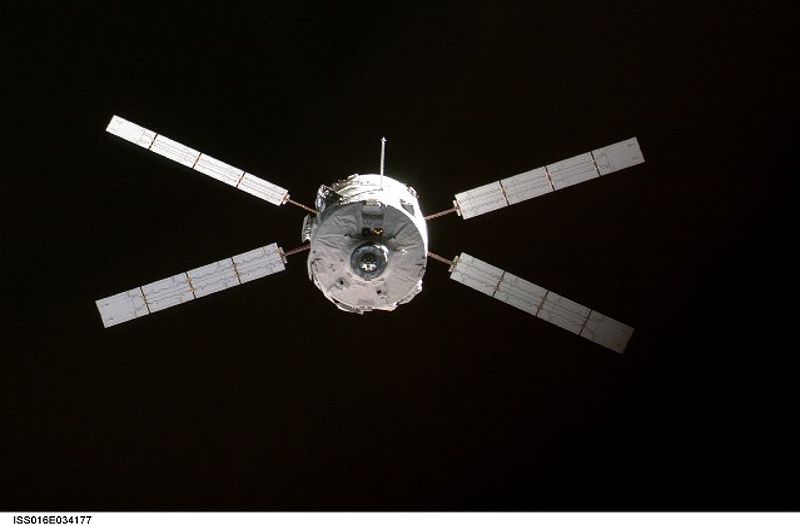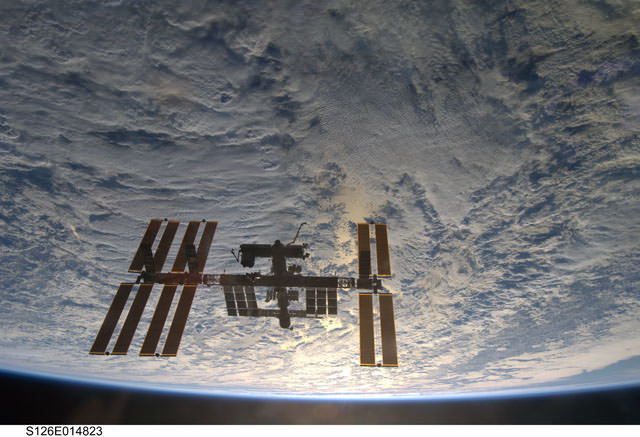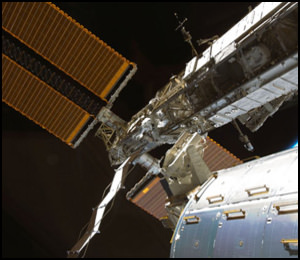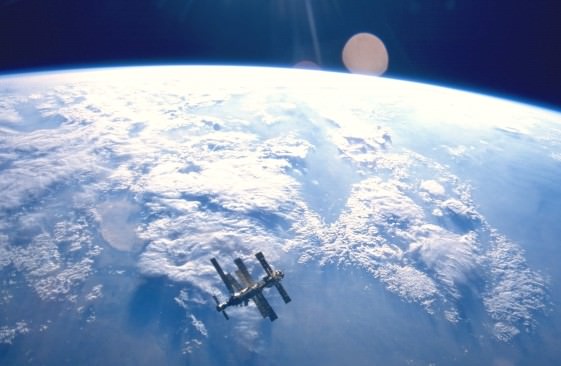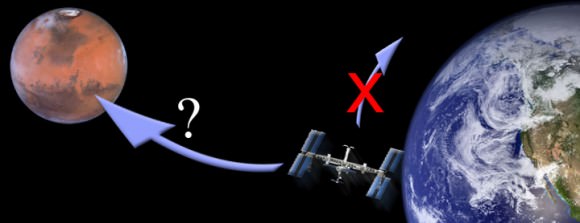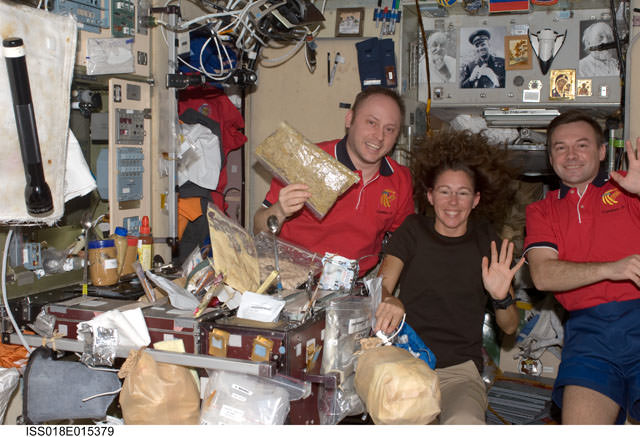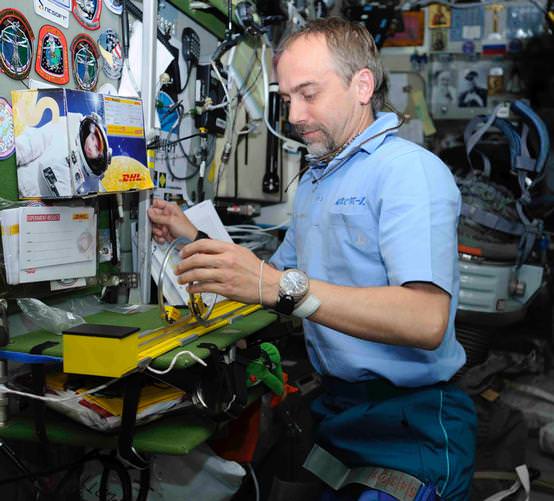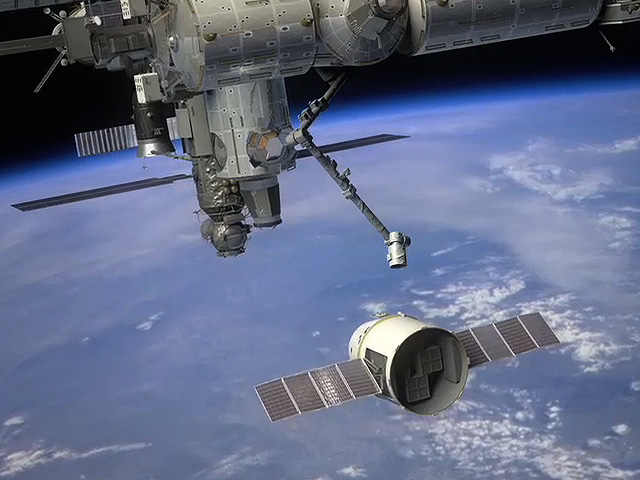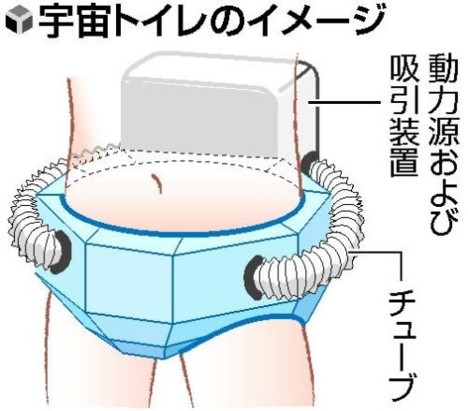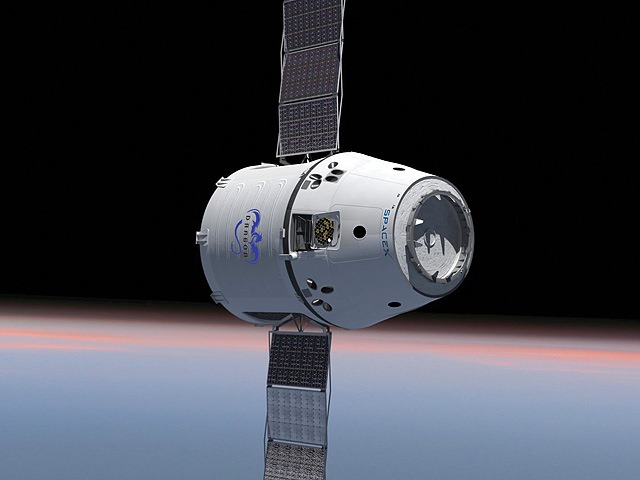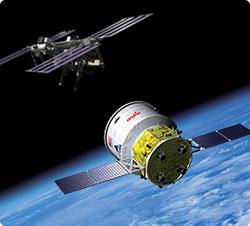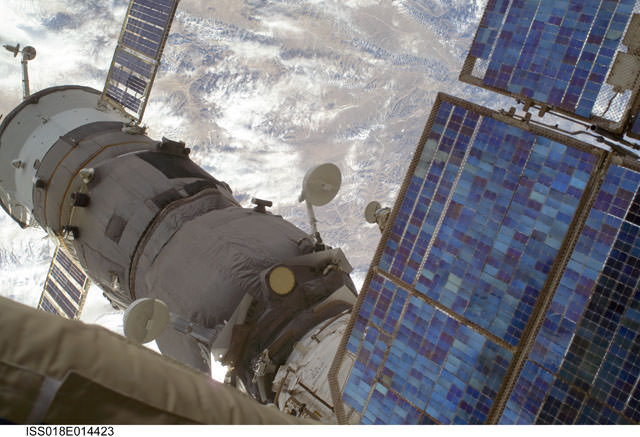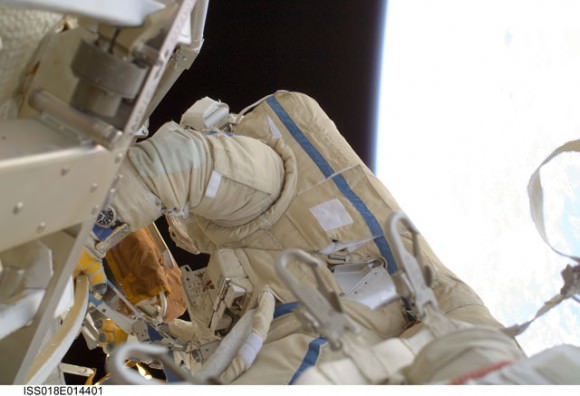[/caption]
The next module for the International Space Station needs a name; something with a little more pizazz than its current appellation, Node 3. NASA is seeking opinions and suggestions for new names, for the component – a connecting module and its cupola, targeted to launch in December 2009. The cupola looks very cool, almost like a starship bridge – with six rectangular windows and one circular window overhead, providing a panoramic view that will be unrivaled by any other spacecraft ever flown. Node 3 itself will connect to the port side of the Unity Node and will provide room for many of the station’s life support systems. NASA has a few names picked out, so you can vote for those, or suggest your own designation. NASA says the name should reflect the spirit of exploration and cooperation embodied by the space station, and follow in the tradition set by Node 1- Unity- and Node 2- Harmony. Here are the choices so far:
Earthrise, Legacy, Serenity, Venture, or, suggest another name.
Voting/suggesting is open until March 20 here.
More about Node 3:
Space shuttle Endeavour will deliver the Node 3 components during the STS-130 mission, currently schedule for December 2009. Once the cupola is attached to one of the module’s six ports, it will offer astronauts a spectacular view of both their home planet and their home in space. Aside from providing a perfect location to observe and photograph the Earth, the cupola also will contain a robotics workstation, where astronauts will be able to control the station’s giant robotic arm.
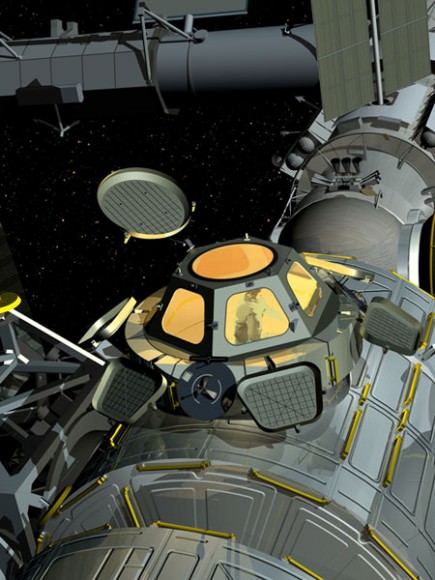
After Node 3 is installed, the station’s crew will transfer over many of the Environmental Control and Life Support Systems (ECLSS) currently stored in various places around the station, including:
The Oxygen Generation System (OGS), which takes the station’s water and splits it apart into hydrogen, which gets vented into space, and oxygen, which is returned into the cabin for the crew to breathe
Atmosphere Revitalization System (ARS), which controls the station’s carbon dioxide levels and maintains the temperature and atmospheric pressure at comfortable levels.
The Water Recovery System (WRS) and Urine Processor Assembly (UPA), which take waste water from the station’s shower and toilets and purify it, separating any contaminants and making it safe for the crew to drink.
The Waste and hygiene compartment, which provides a place for the crew to shower and use the bathroom in a way that allows the station to process the majority of the water used onboard so that it may be used again, greatly lessening the need for resupply flights from Earth.
NASA and its station partners traditionally have named each habitable part of the station, including its three laboratories (the U.S lab- Destiny, the European lab- Columbus, and the Japanese lab- Kibo or Hope), two airlocks (Quest and Pirs), and two Russian-built modules (Zvezda or Star, and Zarya or Dawn).
Source: NASA


